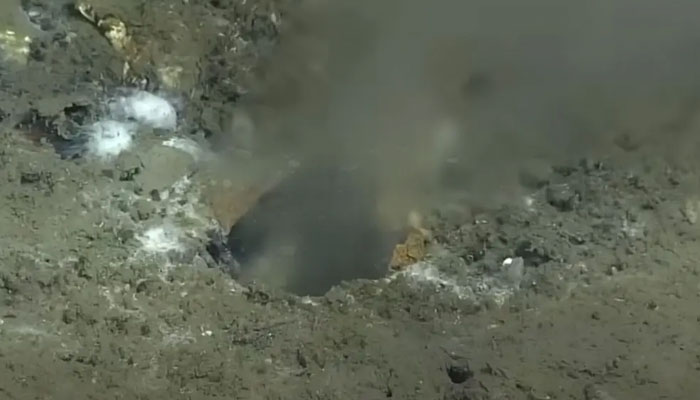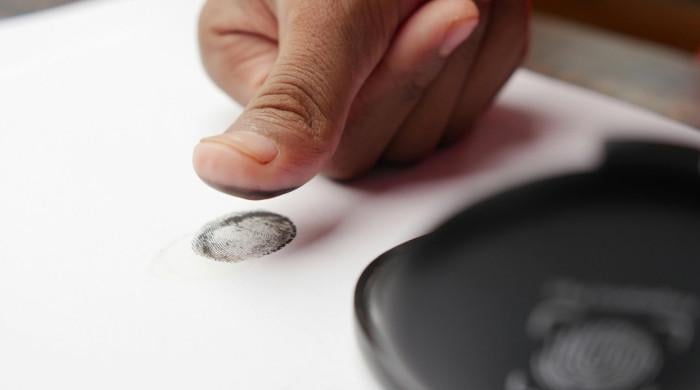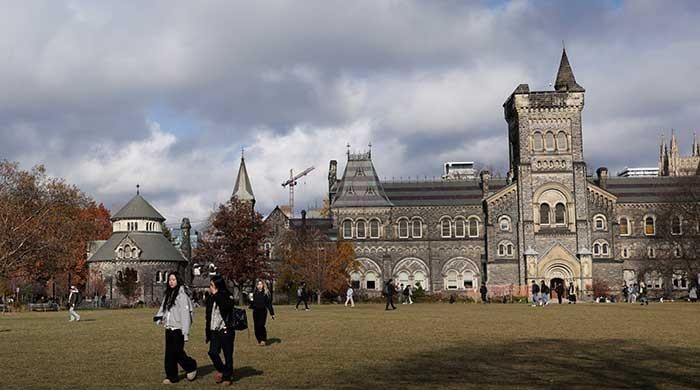Possible source of violent earthquake discovered under sea
Expert says if fluid pressure is lower, two plates will lock and that's when stress can build up causing earthquake
April 15, 2023

Scientists from the University of Washington discovered a hole deep into the ocean — about 50 miles off the coast of the Pacific North West — which they believe could cause a powerful earthquake, reported Futurism.
The hole in the seabed may appear amazing but according to scientists, it is located on top of the Cascadia Subduction Zone fault, on the coast of Oregon.
Researchers at the University of Washington said in a press release that the leaking "may not be a great omen for earthquake activity in the region."
In a trip under the ocean with the help of a seafloor-exploring robot, researchers discovered some "unexpected plumes of bubbles about three-quarters of a mile beneath the ocean’s surface," stated the press release.
The leaking — which could possibly cause an earthquake — is named "Pythias' Oasis" after an oracle who hallucinated prophecies while sitting on a hot spring.
The team came to know that "the bubbles were just a minor component of warm, chemically distinct fluid gushing from the seafloor sediment."
Evan Solomon, a UW associate professor of oceanography and seafloor geology specialist, said in the statement that "They explored in that direction and what they saw was not just methane bubbles, but water coming out of the seafloor like a firehose."
"That's something that I've never seen, and to my knowledge has not been observed before", added Solomon.
The leak under the ocean — located on the Pacific Northwest seafloor — intrigued scientists after it was discovered in 2015.
The new research published in the journal, Science Advances put forth a suggestion that this leaking can be an excretion of lubricant from tectonic plates.
The research suggests that had there been no leak, stress would have been built in such a way that it would have caused a shift in tectonic plates on a massive scale resulting in an earthquake.
UW oceanography graduate and incumbent White House policy advisor Brendan Philip — who discovered the spring for the first time — revealed to the researchers that "the strange fluid shooting out of the spring is warmer than the water surrounding it by 16 degrees Fahrenheit, and per the team's calculations, this suggests that the fluid is coming straight from the Cascadia megathrust, where temperatures are an estimated 150 to 250 degrees Celsius [300 to 500 degrees Fahrenheit]."
The statement noted that "Loss of fluid from the offshore megathrust interface through these strike-slip faults is important because it lowers the fluid pressure between the sediment particles and hence increases the friction between the oceanic and continental plates."
Comparing it with sports, Solomon was of the view that the "megathrust fault zone is like an air hockey table, if the fluid pressure is high, it’s like the air is turned on, meaning there's less friction and the two plates can slip."
He also added: "If the fluid pressure is lower, the two plates will lock. That's when stress can build up."
Researchers regarded the discovery of such a leak under the ocean as novel, however, they have expressed that similar other such leaks would be nearby which have not yet been discovered.
The discovery has allowed researchers to study relatively a new phenomenon about the tectonic plates — that cause earthquakes — and reminds the world about devastating natural disasters which could occur in the future.









